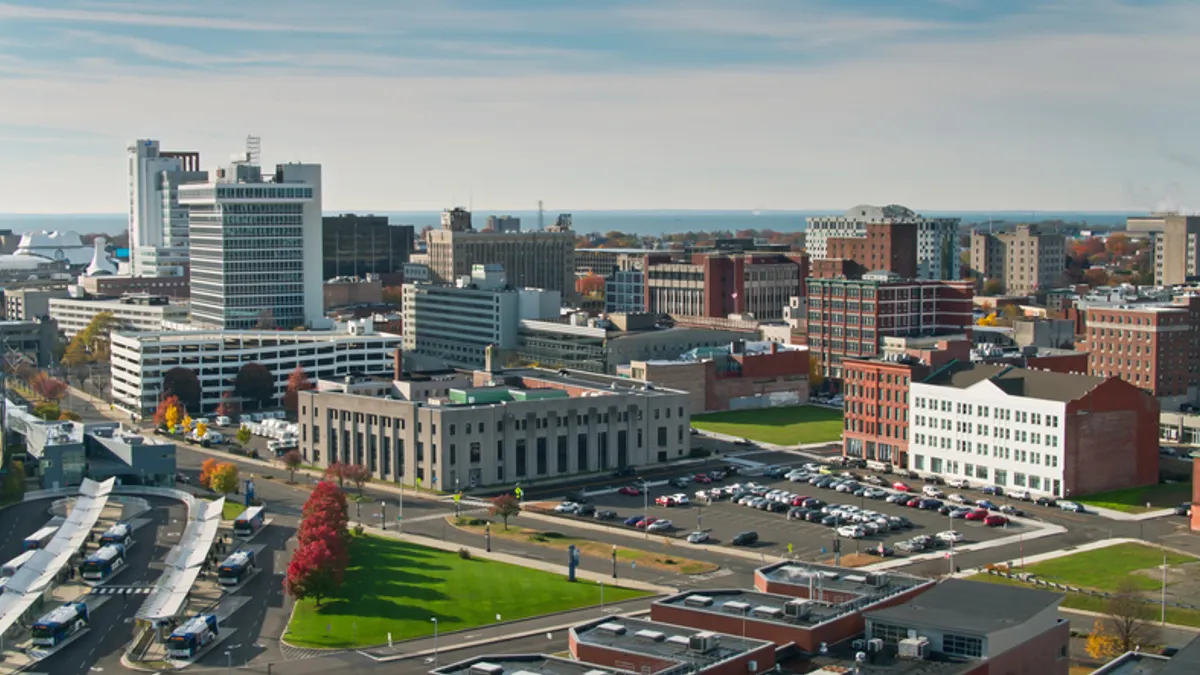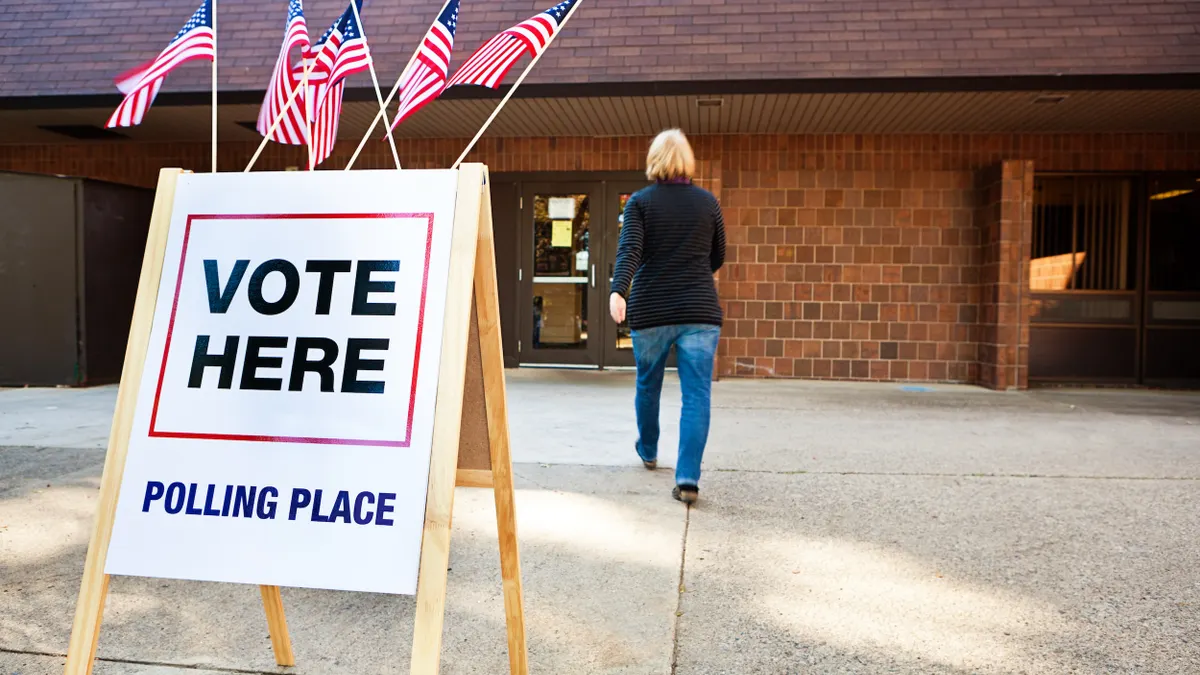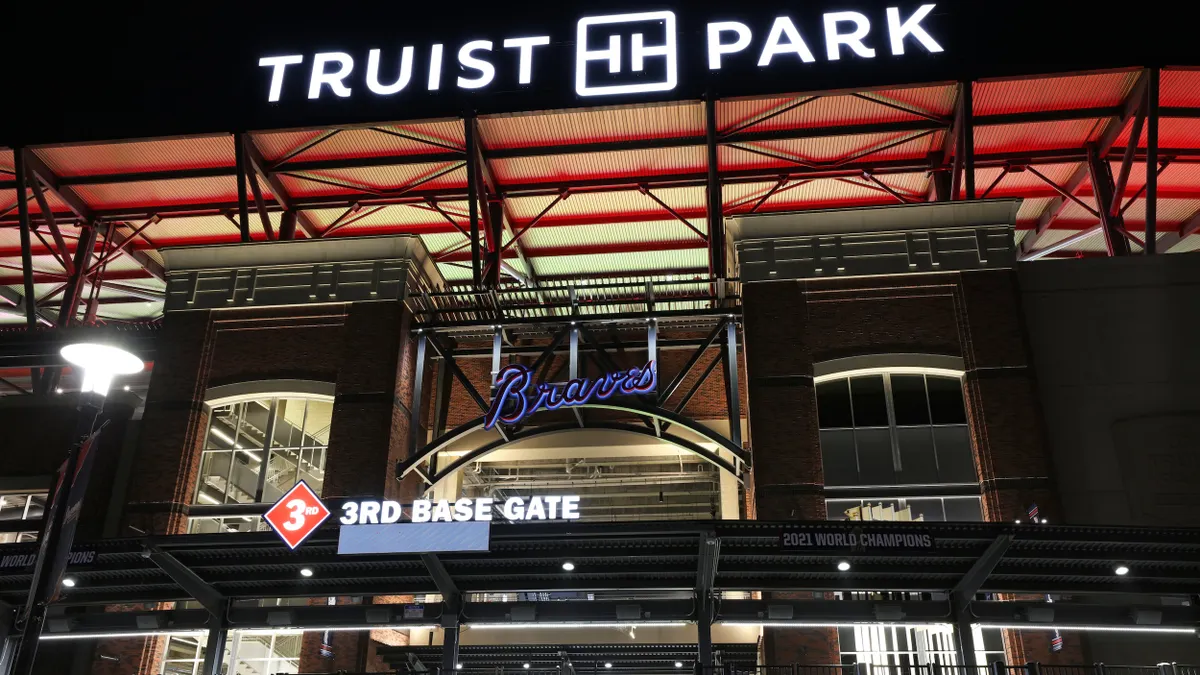Imagine this: It’s Christmas Eve, when an unexpected storm starts dumping snow on the city. Streets and sidewalks have to be cleared, salt has to be laid down, but getting staff in the middle of the night — on a holiday, no less — is difficult, costly and potentially dangerous.
What if a robot could do it instead?
The rise of autonomous and connected vehicles isn’t confined to passenger vehicles and trucks. Public works and maintenance departments are increasingly looking to AVs to take over functions like clearing snow, mowing lawns and sweeping streets.
"We’re always looking for ways to be more efficient, so we know that automation is going to be a factor,” said Timber Toste, director of parks maintenance for the city of Longmont, CO. “It frees up staff time to do the more technical aspects.”
Toste’s department has gotten its first taste of this future, thanks to the SnowBot Pro, a snow-clearing robot made by local company Left Hand Robotics. The 10-foot-long machine follows a prescribed route along a sidewalk or small road, and then uses LiDAR and radar sensors to navigate around obstacles and avoid people or critters in its path. It connects to the cloud, to allow for real-time monitoring.
“We couldn’t believe that there wasn’t something like this already on the market,” said Terry Olkin, who co-founded Left Hand Robotics with Mike Ott in 2016. "Think of how much easier it is to have a robot that doesn’t have to wait for a storm to be over to go outside. It’s happy to start at 1 a.m., it’s never showing up drunk or grumpy and you can run it so much that the snow never accumulates in the first place."
According to Left Hand Robotics, the bot can clear snow 14 times faster than a person, while also applying deicing material.
"Think of how much easier it is to have a robot that doesn’t have to wait for a storm to be over to go outside. It’s happy to start at 1 a.m., it’s never showing up drunk or grumpy and you can run it so much that the snow never accumulates in the first place."

Terry Olkin
Co-founder, Left Hand Robotics
But, as automakers are discovering, snow poses a unique problem for autonomous bots. Falling flakes can reflect off of LiDAR sensors, complicating the navigation mechanics. Radar works better in the snow, but most of the systems on the market weren’t designed for low speeds. Plus, the SnowBot needs to have precision down to an inch to clear sidewalks so it doesn’t careen off path. Olkin’s team focused on designing a better radar system, but the ongoing research into sensors of all types has helped lower the cost.
Now that SnowBot is in the hands of some parks departments, they are getting real-time feedback. Come spring, the bot’s accessories can be swapped out to create a mower large enough to efficiently handle parks and sports fields. That, Toste said, is turning even more attention to the role of robots for maintenance.
“As technology moves forward, we’re going to spend less of our time doing the hands-on work and more of it programming routes and understanding software,” Toste said. “The labor isn’t going away, we’re just changing the focus of the maintenance staff.”
Taking out the guesswork
Automating winter weather response could mean huge cost and safety improvements for states and cities, so there’s increasing research into autonomous plowing. It’s become a major theme of the American Public Works Association’s (AWPA) annual snow conference, and an annual competition in Toronto co-sponsored by the Institute of Navigation and Alphabet Labs has students and startups design autonomous plows.
Already, state and city agencies have used connected technology to overhaul their winter weather response. Iowa, for example, was one of the first states to link its winter road maintenance vehicles through a GPS-based Automatic Vehicle Location system, which allows state officials to track the location, speed and direction of the fleet’s 902 trucks, along with how much salt or brine they have put on the roads. More recently, cameras were mounted to the dash to take still photos of road conditions and work.
"This is a situational awareness tool that takes a lot of the guesswork out of our operations," said Craig Bargfrede, winter operations administrator for the Iowa Department of Transportation. "You can’t manage what you can’t measure, and now we can measure in detail what each truck is doing."
That sort of detail — where trucks are going and how much material they have to put down in certain conditions — can also be stored and analyzed for future autonomous or connected projects.
Garbage trucks, street sweepers and more
“Everyone’s getting pushed to do more with less, so you try to do things better with what you have,” said Slade Engstrom, who leads the connected vehicles subcommittee for APWA. “If you can do it without sacrificing safety, this technology is able to make a huge change.”
That’s prompted research into automating all manners of public works operations. Chinese company Autowise.ai began testing an autonomous street sweeper last spring at a science park in Shanghai, according to a report in China Daily. The sweepers can detect traffic signals and barriers, but are designed to run when traffic is relatively light to limit interactions with other cars on the road. Italian company TSM has also marketed the Ariamatic 240, an urban vacuum cleaner that can follow an attendant to suck up trash.
Last summer, Volvo started testing a self-driving refuse truck on public roads in Sweden, which runs at slow speeds along a defined route, trailed by a worker who empties garbage cans into the truck. Although the company only has one active truck, a Volvo spokesman said the year-long public tests will show whether such technology is viable, safe and cost-effective for cities.
The city of Leeds in the U.K. even has ambitions to turn all maintenance over to autonomous machines by 2035.
Factors including weather, traffic and the difficulty of engineering large trucks are all barriers to rapid deployment of self-driving maintenance vehicles, especially while the roads are dominated by human-driven cars that can’t communicate with the vehicles. But one easier application has been in platooning. In 2017, Colorado became the first state to employ an autonomous impact protection vehicle, the massive trucks that follow road maintenance crews to take the brunt of a rear crash. The vehicle communicates with a lead car to maintain a constant distance, freeing up a worker from the responsibility of driving a rear truck. Since Colorado, several other states, including Florida, have tested similar trucks.
“There can sometimes be an attitude among public works departments that if something still works, there’s no reason to try something new,” said APWA’s Engstrom, also an assistant vice president at Kansas-based engineering firm TranSystems. “But more and more, there’s a willingness to explore autonomous vehicles, especially with all the benefits.”



















